1. Lavender – Smells Like a Dream, Tastes Like a Nightmare
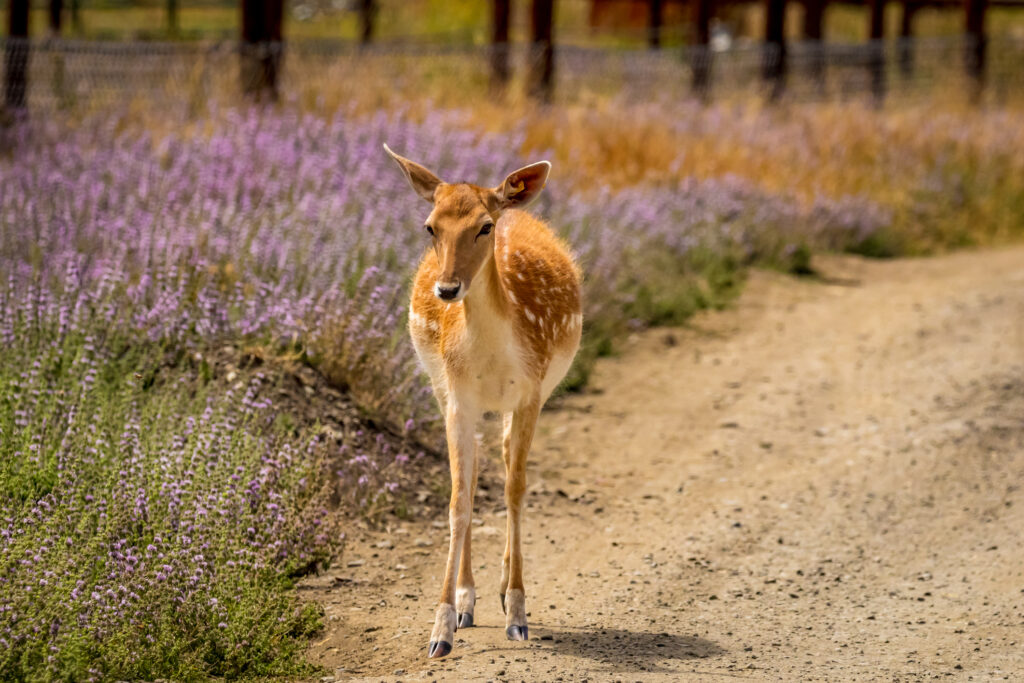
Lavender is a garden classic, known for its calming scent, beautiful purple blooms, and ability to make any backyard feel like a European countryside escape. However, while humans adore its fragrance in candles, essential oils, and fancy soaps, deer absolutely hate it. The strong, soapy aroma overwhelms their sensitive noses, making them avoid it like a bad perfume. Not only does lavender keep deer away, but it’s also ridiculously low-maintenance, thriving in dry, poor soil with little water or attention. Plus, it attracts pollinators like bees and butterflies, making your garden even more lively. Just plant a lavender border, and deer will take one sniff, shake their heads, and move on to someone else’s yard.
2. Daffodils – Beautiful, But Totally Toxic

Daffodils are some of the cheeriest flowers you can plant, bursting into bloom every spring with their signature yellow, white, or orange trumpet-like petals. But to deer, these flowers are anything but friendly—they contain lycorine, a toxic compound that can make animals sick if ingested. Deer are instinctively aware of this and tend to steer clear, making daffodils a natural, beautiful way to keep them away from your garden. Even better, daffodils multiply and spread on their own, meaning that once you plant them, they’ll keep coming back year after year, reinforcing their deer-proof barrier. They’re also resistant to rodents and rabbits, making them a triple threat against plant-munching pests. If deer could leave a review, daffodils would get zero stars with a warning label attached.
3. Marigolds – Nature’s Smelly Little Bodyguards
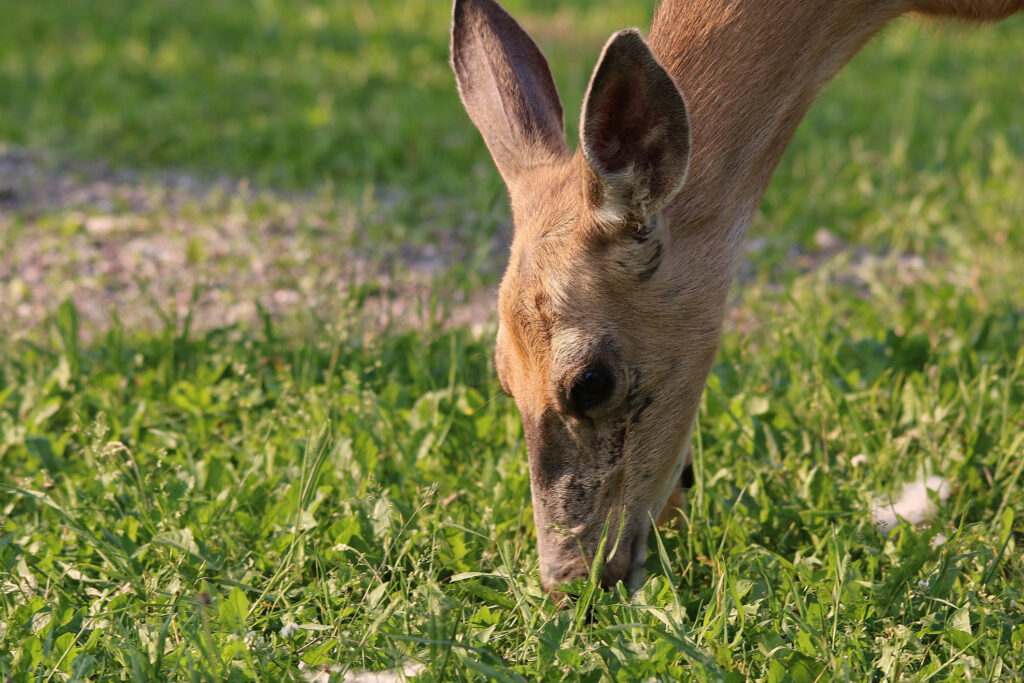
Marigolds are known for their bright, fiery orange and yellow blooms, but they come with a scent so strong that it practically acts as a natural security system against deer. While gardeners appreciate their cheerful appearance, deer seem to think marigolds smell like burnt rubber mixed with rotten citrus, which is enough to send them running. The best part? Marigolds also repel insects like aphids and mosquitoes, making them multi-purpose garden defenders. They’re easy to grow, thrive in almost any condition, and will bloom all season long with minimal care. Just plant them around your vegetables or flowers, and you’ll have an army of stink bombs protecting your garden 24/7. If deer had noses that could file complaints, marigolds would be at the top of their grievance list.
4. Rosemary – Smells Delicious, But Not to Deer
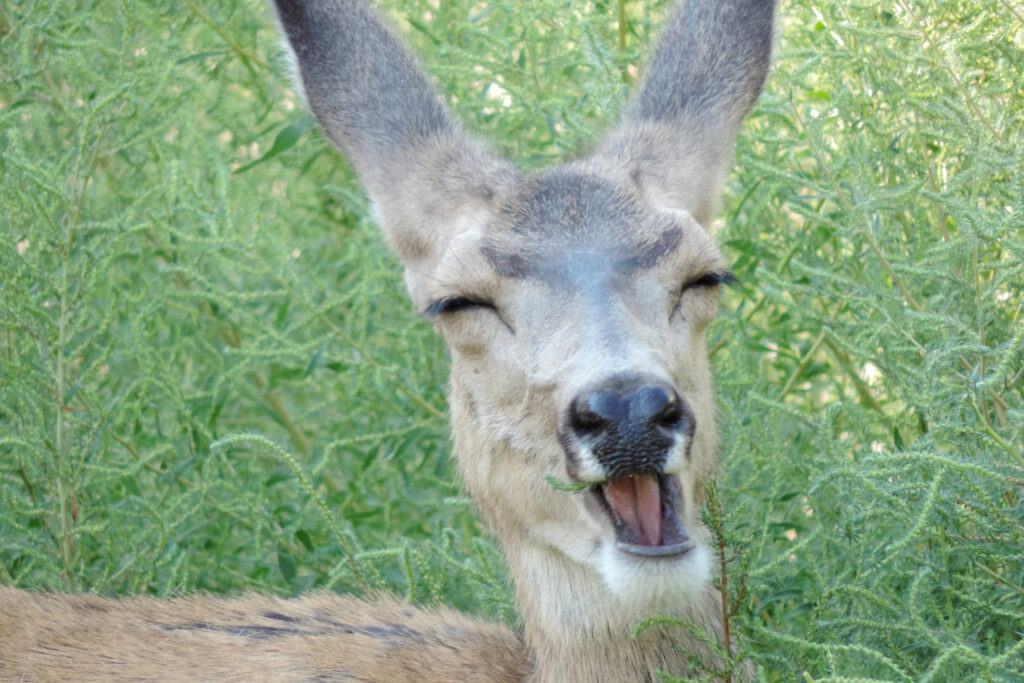
You might love the aromatic, earthy scent of rosemary in your roasted potatoes, but to deer, it’s like sniffing a pungent pinecone of doom. Rosemary’s strong, resinous smell is too much for their delicate noses to handle, making it one of the most effective deer deterrents you can plant. Plus, rosemary is an evergreen, meaning it keeps its protective powers all year long, even when other plants go dormant. It’s also incredibly easy to maintain, thriving in dry conditions and doubling as a handy herb for your kitchen. Whether you use it in cooking or just let it grow wild, rosemary ensures your garden smells amazing—at least to everyone except deer. If a deer ever wandered into a rosemary patch, it would probably back away in disgust, questioning all its life choices.
5. Russian Sage – Looks Pretty, Tastes Awful

Russian sage is like lavender’s taller, more intense cousin, known for its silvery foliage and stunning purple flowers. While humans love its elegant appearance and fragrant aroma, deer think it smells like a combination of expired perfume and something they shouldn’t be eating. The strong, herbal scent is more than enough to keep them away, but even if a particularly brave deer took a bite, it would regret it—the bitter-tasting leaves make this plant an unappetizing choice. Russian sage is also incredibly drought-tolerant and thrives in tough conditions, making it an ideal option for those who want a low-maintenance, deer-proof garden. If deer could write Yelp reviews, Russian sage would get a one-star rating with the caption, “Why does this even exist?”.
6. Bee Balm – A Floral Firework That Deer Despise
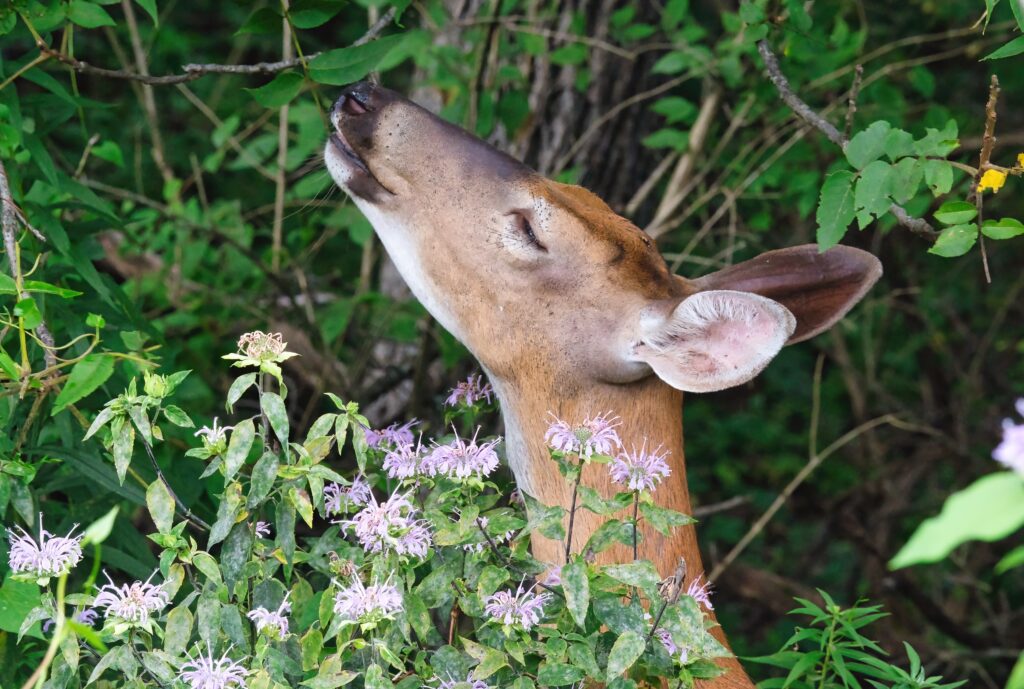
Bee balm is a burst of color in any garden, with vibrant red, pink, and purple blooms that attract hummingbirds, butterflies, and bees. But for deer? It’s a hard pass. The plant’s strong minty scent is just too much for their sensitive noses, making it one of the most effective natural deterrents. Plus, bee balm is a fast-growing perennial, meaning it’ll keep coming back year after year, reinforcing its deer-repelling powers. It thrives in a variety of conditions and adds a wild, untamed beauty to any garden. If deer could talk, they’d probably describe bee balm as “pretty, but smells like regret”.
7. Foxglove – Beautiful, Deadly, and Totally Unappetizing

Foxglove looks like something out of a storybook forest, with its tall, bell-shaped flowers in soft shades of pink, purple, and white. But don’t let its delicate beauty fool you—this plant is highly toxic to deer and just about everything else. Even a small nibble can make an animal seriously ill, and deer seem to instinctively know to stay far away. In addition to its deer-repelling properties, foxglove is also low-maintenance and thrives in shady spots, making it perfect for filling in those tricky garden areas. Just be cautious if you have pets or small children, because what keeps deer away can also be dangerous to them. If deer could read warning labels, foxglove would have “DO NOT EAT” written in bold, flashing letters.
8. Lamb’s Ear – Too Fuzzy for a Snack
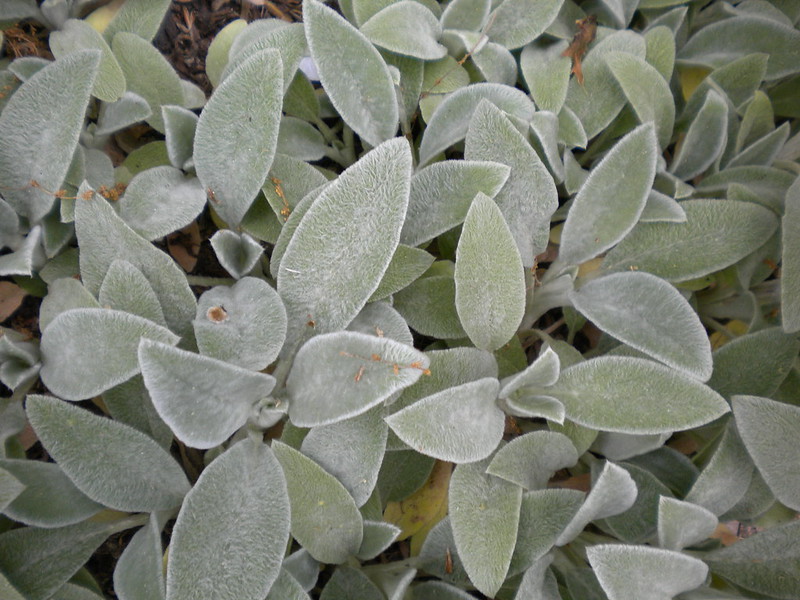
Lamb’s ear is the velvet pillow of the plant world, with soft, silvery leaves that are almost irresistible to touch. However, while humans may love its fuzzy texture, deer can’t stand it—the thick, woolly leaves feel like chewing on an old sweater, and they’d rather not bother. This plant is also incredibly hardy, thriving in poor soil, drought conditions, and neglect, making it an ideal option for those who want a low-maintenance deer barrier. It spreads quickly and forms dense patches, adding a soft, silvery glow to your landscape while keeping deer at bay. Bonus: Lamb’s ear is resistant to rabbits, meaning even more unwanted garden guests will think twice before stepping in. If deer had food critics, lamb’s ear would get a scathing review for “worst mouthfeel of all time”.
9. Chives – Onion Breath for Your Garden

Chives are a kitchen staple for humans, but for deer, they’re basically the equivalent of an onion-scented horror film. The strong, garlicky aroma completely overwhelms their senses, making it one of the best edible deer repellents. Planting chives around your flower beds or vegetable garden not only keeps deer away but also helps deter smaller pests like rabbits and aphids. Plus, you get a fresh supply of chives for cooking, making this a win-win situation for gardeners who love homegrown ingredients. They’re easy to grow and spread quickly, ensuring continuous protection year after year. If deer had noses as strong as a dog’s, they’d probably cry every time they smelled chives.
10. Peonies – Too Fancy for Deer Palates
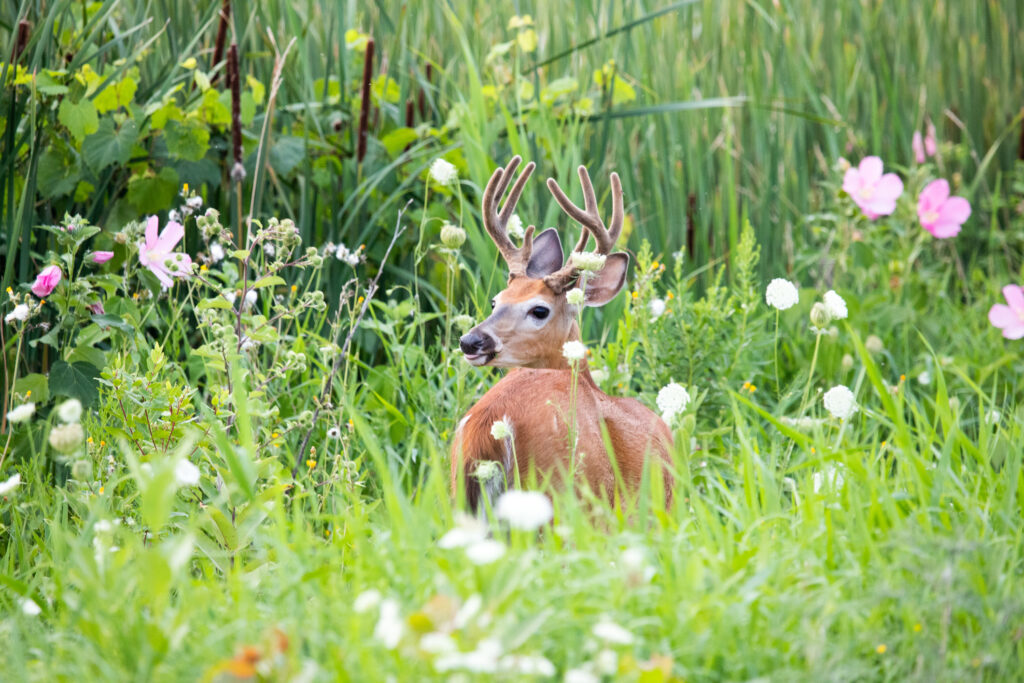
Peonies are the divas of the flower world, with big, show-stopping blooms that look like they belong in a royal garden. But surprisingly, deer aren’t interested in these luxurious flowers—their strong fragrance and thick, waxy leaves make them completely unappetizing. While deer pass them up for softer, tastier plants, you get to enjoy one of the most elegant, long-lasting blooms of the season. Peonies also require very little maintenance, thriving in a variety of climates and conditions. If you want a flower that looks high-maintenance but actually isn’t, this is it. If deer had expensive taste, they’d still refuse to eat peonies—they just don’t make the cut.
11. Yarrow – The Stinky Superplant That Deer Can’t Stand

Yarrow may look delicate with its feathery leaves and tiny clusters of white, pink, or yellow flowers, but don’t let its dainty appearance fool you—this plant is basically a biological deer alarm. Deer hate the strong, almost medicinal scent, and its bitter-tasting leaves make it one of the last things they’d ever want to snack on. The best part? Yarrow is one of the toughest, most low-maintenance plants out there, thriving in poor soil, drought conditions, and even neglect. Plus, it attracts butterflies and beneficial insects, making your garden healthier while also acting as an invisible force field against hungry deer. And if you’re into herbal remedies, yarrow has been used for centuries to treat wounds and fevers, proving that not only does it keep deer away, but it also has a few survival tricks up its sleeve. If deer had noses as powerful as bloodhounds, they’d be sprinting in the opposite direction at the first whiff of this plant.
12. Fennel – The Licorice-Scented Nightmare for Deer

If you’ve ever smelled fennel, you know it has an intense, black-licorice-like aroma—which is great if you love that kind of thing, but if you’re a deer, it’s an absolute deal-breaker. Fennel’s strong scent completely overwhelms their sensitive noses, making it one of the most effective natural deer repellents you can plant. But the perks don’t stop there—fennel is also a superstar at attracting beneficial insects like butterflies and ladybugs, while simultaneously repelling harmful pests. Its tall, wispy fronds and bright yellow flowers give it a striking, almost whimsical appearance, making it a gorgeous addition to any garden. If you enjoy cooking, you can even harvest fennel bulbs and seeds for delicious, gourmet meals, meaning this plant is both functional and flavorful (for you, not the deer). Imagine planting something that feeds you while sending deer away like they just smelled the worst perfume ever invented—that’s fennel for you.
13. Snapdragons – Beautiful, But Way Too Much Work for Deer

Snapdragons are one of the most stunning, colorful flowers you can plant, blooming in vibrant shades of pink, red, yellow, and purple. But while humans admire their beauty, deer find them completely not worth the effort. The thick, waxy petals are tough and unappetizing, making them way too annoying to chew, especially when easier snacks are available. Even better, snapdragons bloom for months, giving you long-lasting color while simultaneously keeping your garden off the deer menu. These flowers are also highly resistant to rabbits, meaning your flower beds won’t turn into an all-you-can-eat buffet for every hungry critter in the neighborhood. The real kicker? Snapdragons look delicate but are surprisingly hardy, thriving in various conditions with minimal maintenance. If deer had Yelp, their review of snapdragons would read something like: “Too tough. Too much work. Would not recommend.”


